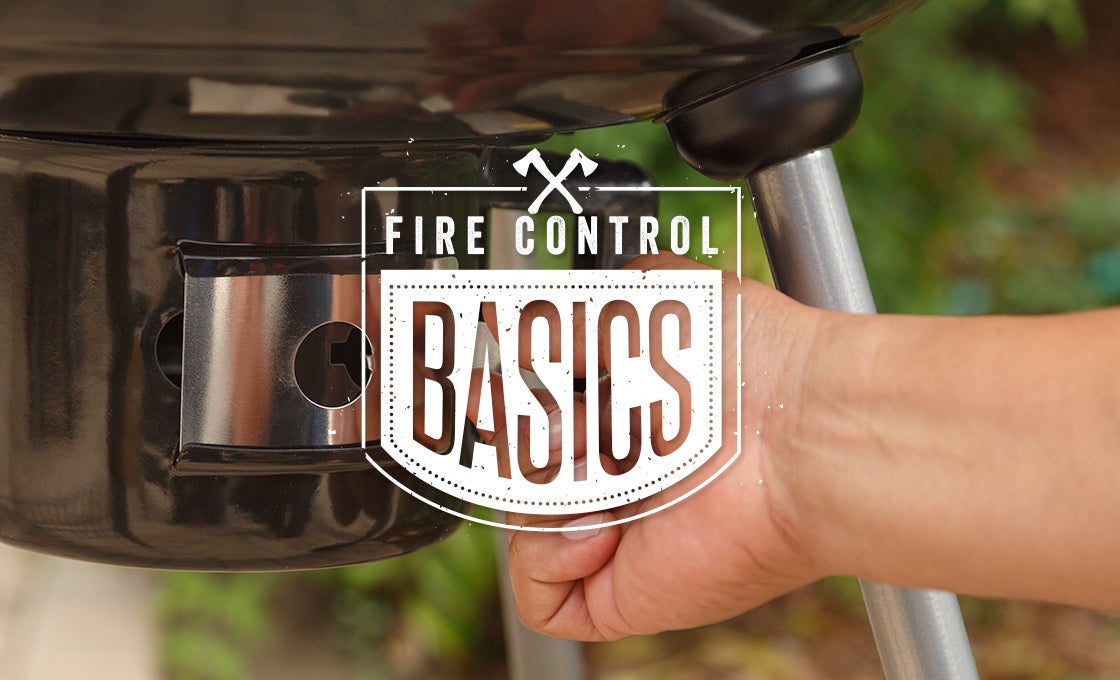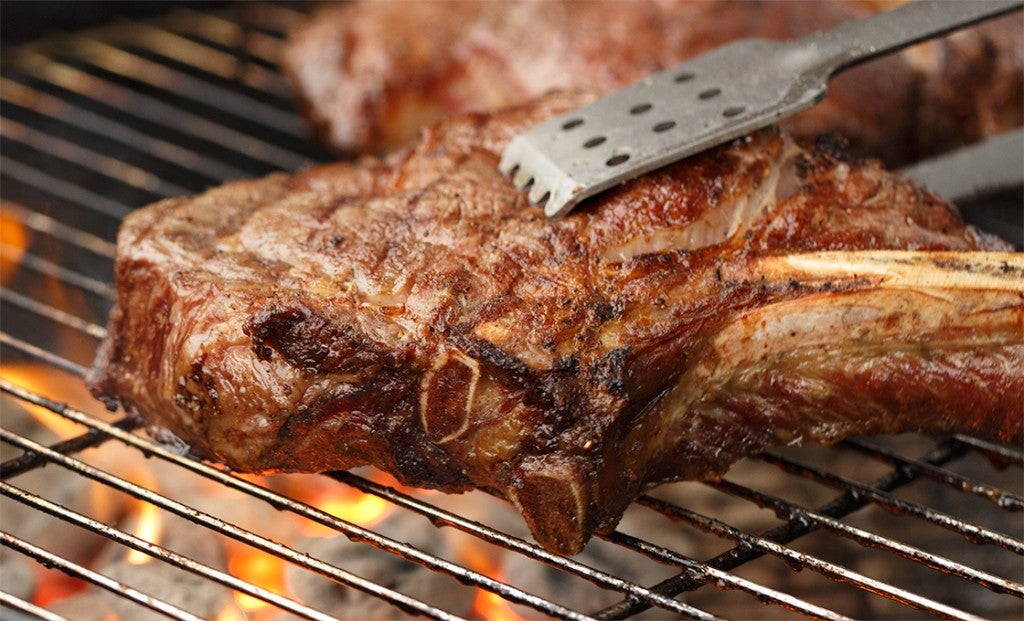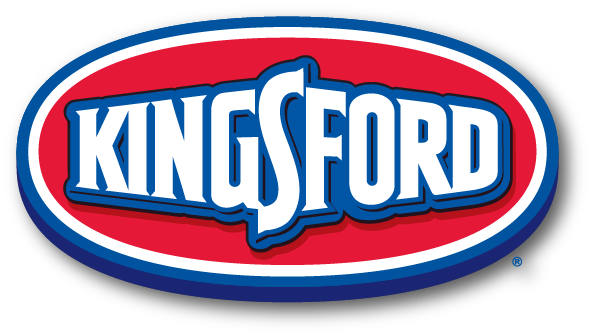Charcoal barbecuing is much easier when you understand how to control the heat of the live coals. Here are a few techniques for managing heat and flare-ups so your food cooks perfectly every time.

Oxygen: your friend and enemy
Oxygen is what makes fire possible and what makes the coals burn. Abundant oxygen makes the coals burn hot and fast. Limited oxygen decreases cooking temperatures and lets the coals burn more slowly. The vents on the top and bottom of your BBQ let you change the flow of oxygen to increase, decrease and stabilize coal temperatures.

Increasing temperatures with vents
For high-heat barbecuing or to increase BBQ temperatures, open the vents wide to allow more oxygen in. This makes the coals burn hotter.
-
Decreasing temperatures with vents
To reduce heat, slow down the cooking process or increase your cooking time, close down the vents. Always leave the vents partially open so the fire does not completely suffocate.

Flare-ups? Move aside.
Flare-ups are caused when fat renders from your food and drips onto the coals. It’s tempting to put these flare-ups out with water, but don’t do it. This will cause ash to fly up onto your food. The best way to manage flare-ups is to create a two-zone fire. When flare-ups happen, move the food away from the flames to the side without coals. When the flames subside, move the food back to the hot side to continue cooking.
-

Need more heat?
Add more coals.Just place unlit coals on top of the bed of already lit coals. There’s no need to add lighter fluid—the lit coals will start the new coals. This requires you to plan ahead a bit, as the unlit coals will take 15 minutes to light fully. Another strategy is to light a chimney with new coals and then pour in the hot coals when ready. Note that if using Match Light® Charcoal, do not add more Match Light® charcoal once your fire has been lit. Add Kingsford® Original Charcoal if extra charcoal is needed.
 Learn grill techniques and heat control by starting with Kingsford® Original Charcoal.
See details
Learn grill techniques and heat control by starting with Kingsford® Original Charcoal.
See details

The vents on the top and bottom of your grill are the best ways to change the flow of oxygen and increase, decrease, and stabilize coal temperatures.
 "A two-zone fire allows you to move food away from flames when flare-ups happen, then back to the heat when flames subside."
"A two-zone fire allows you to move food away from flames when flare-ups happen, then back to the heat when flames subside."


